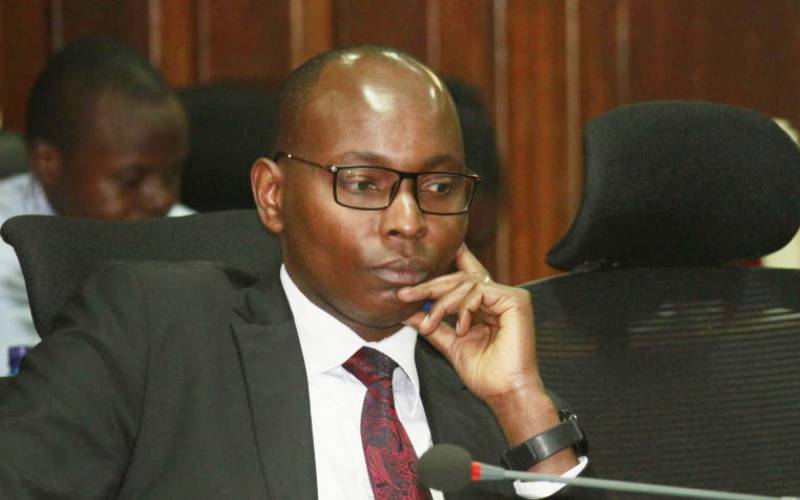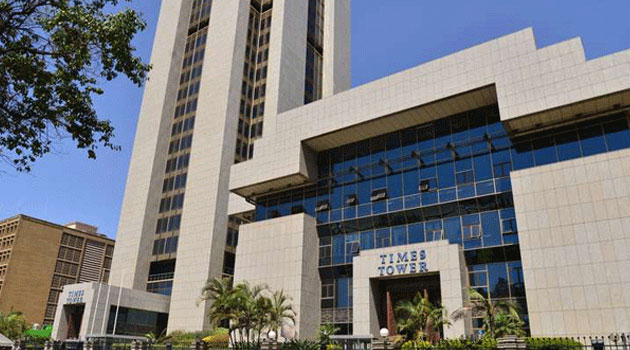KRA Teams Up With County To Hunt Down Businesses in Nairobi
The new platform will rely on geospatial information systems (GIS) that will be used to map out businesses that fail to pay the necessary licenses and fees.

Kenya Revenue Authority (KRA) has united with the Nairobi County Government to create an advanced technology that will track down all businesses in Nairobi.
The new platform will rely on geospatial information systems (GIS) that will be used to map out businesses that fail to pay the necessary licences and fees.
Nairobi Lands and Urban Planning CEC Charles Kerich said that the county would map out locations of all businesses and other revenue hotspots such as parking areas and then rely on data from KRA to note down the businesses which have paid and which ones have not.

"If you click on International Life House, for example, it should tell you how many businesses are in that place, how many have paid and how many have not.
"There are a lot of defaulters but with this system, when you click on a piece of property you are able to know whether one has paid or not," he explained.
The new system will flush out businesses notorious for evading past crackdowns by colluding with revenue officers to curve paying licences. Through the GIS map, the authority is able to trace which businesses have been flouting regulations.
“Many people in Nairobi will not pay their rates until you hold a rungu to their head. If they can avoid paying, they usually don't pay and that is why every year we keep running a rates waiver on interest and penalties campaign. But with this system, we will come to your doorstep and know with certainty whether you have paid your rates," Kerich added.
According to official data by the Nairobi County Assembly Budget and Appropriations Committee, City Hall was only able to make Ksh3.9billion against a target of Ksh6.4billion for the first six months of the financial year ending June 30, 2020.
The GIS system, if it sails through, will also be used to map out crucial facilities such as hospitals and schools to provide real-time data to boost service delivery.
The system, for example, will show how many people are coming in and out of Pumwani Maternity Hospital and where they are coming from. This will be used to build a health facility that requires urgent attention as the hospital is decongested to improve service delivery.
“This then helps you make a decision where to situate new facilities as it will tell you where demand exists. Somebody from Mukuru, therefore, does not need to go to Pumwani if they can get the service from within. This will help to decongest big hospitals,” Kerich added.



























